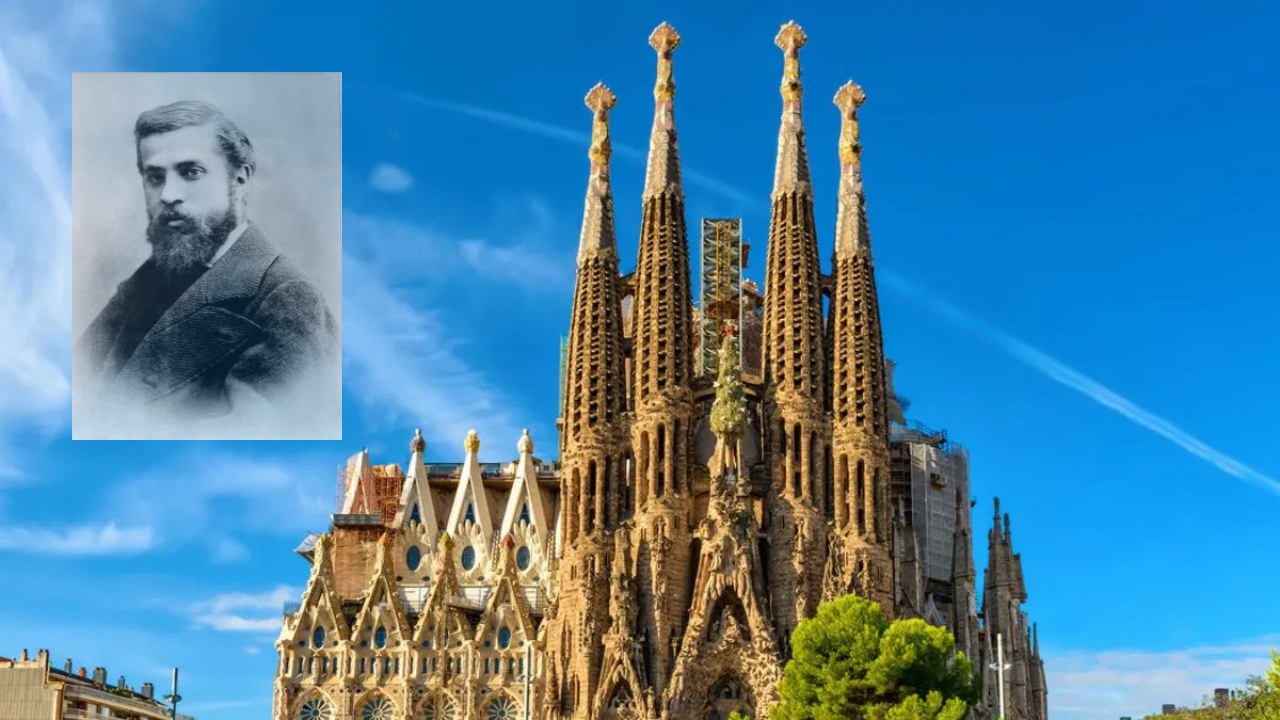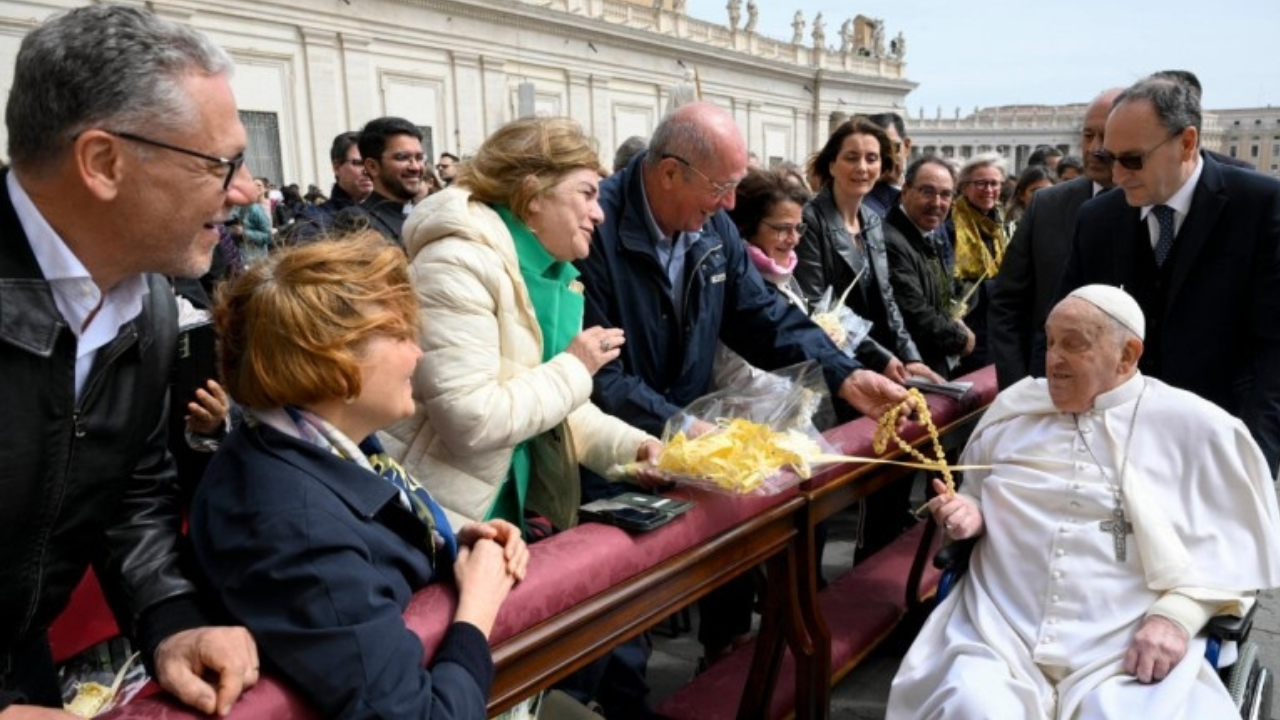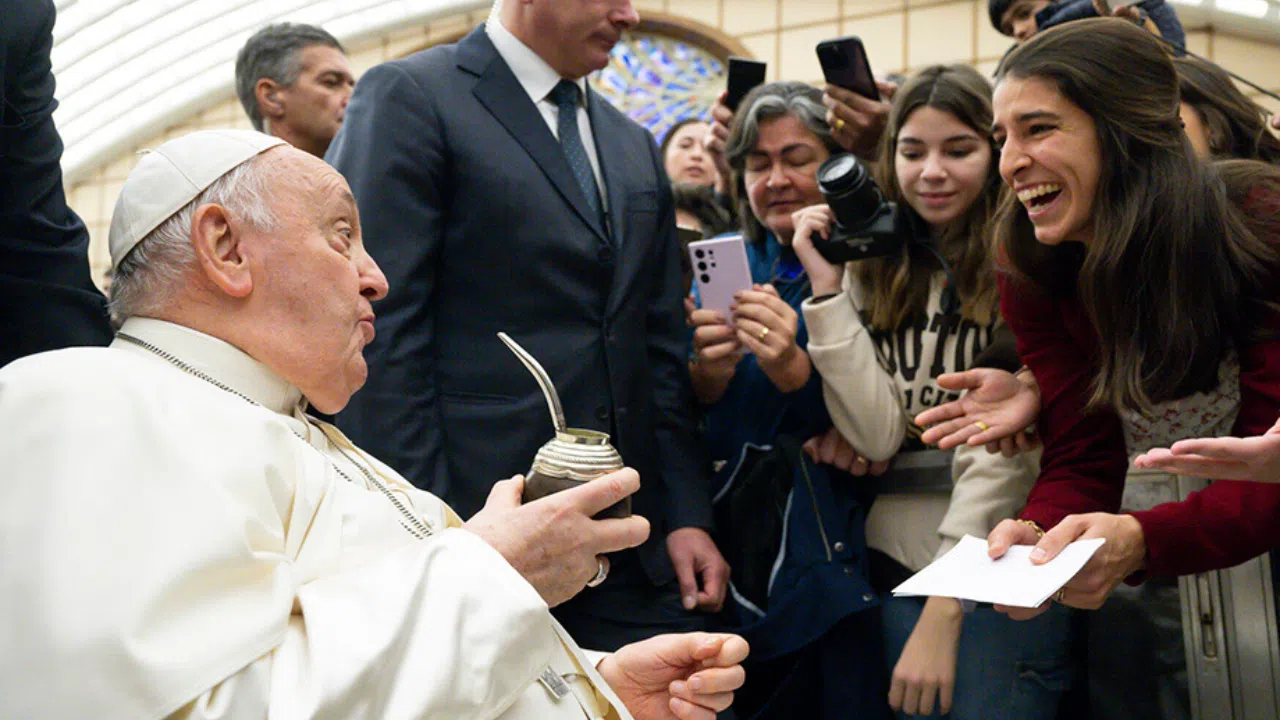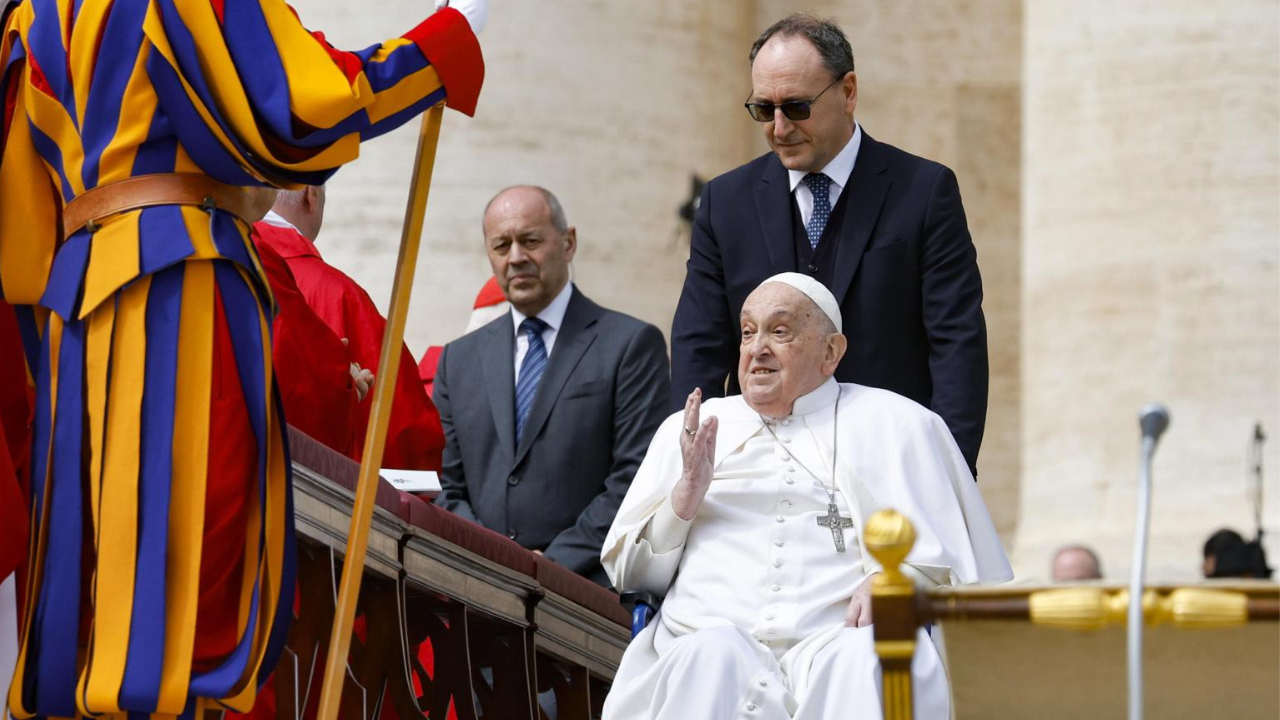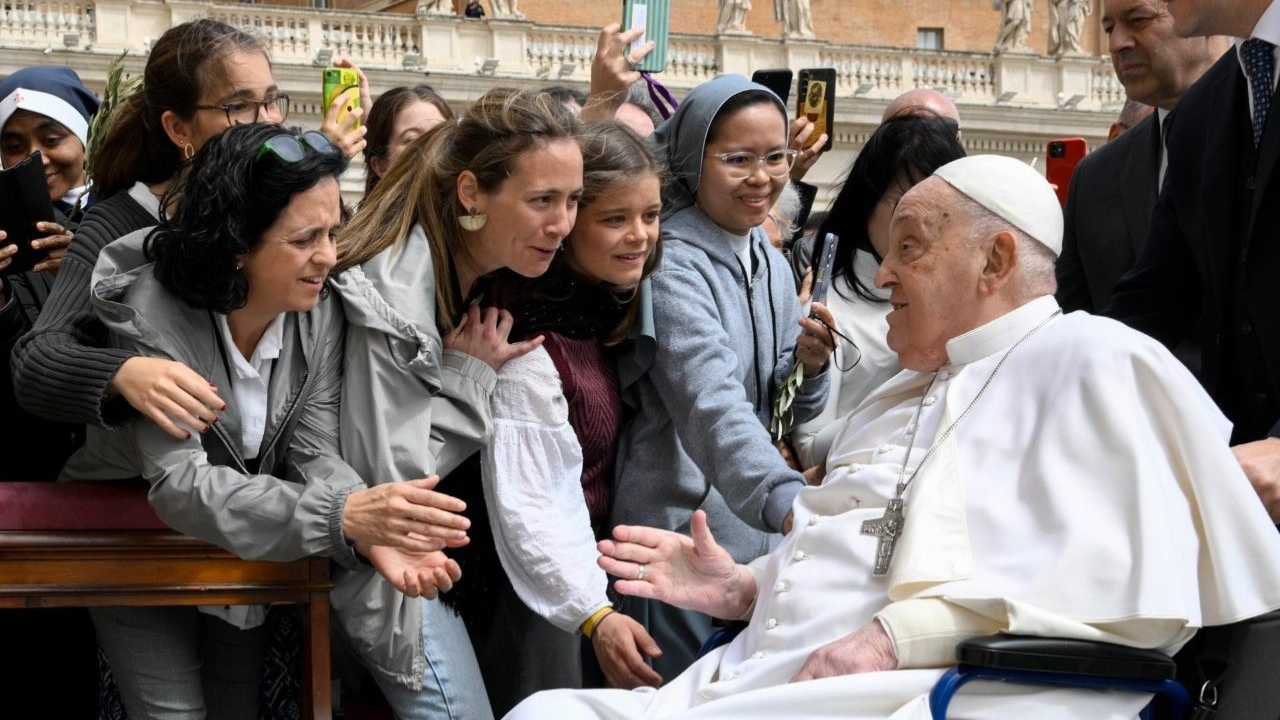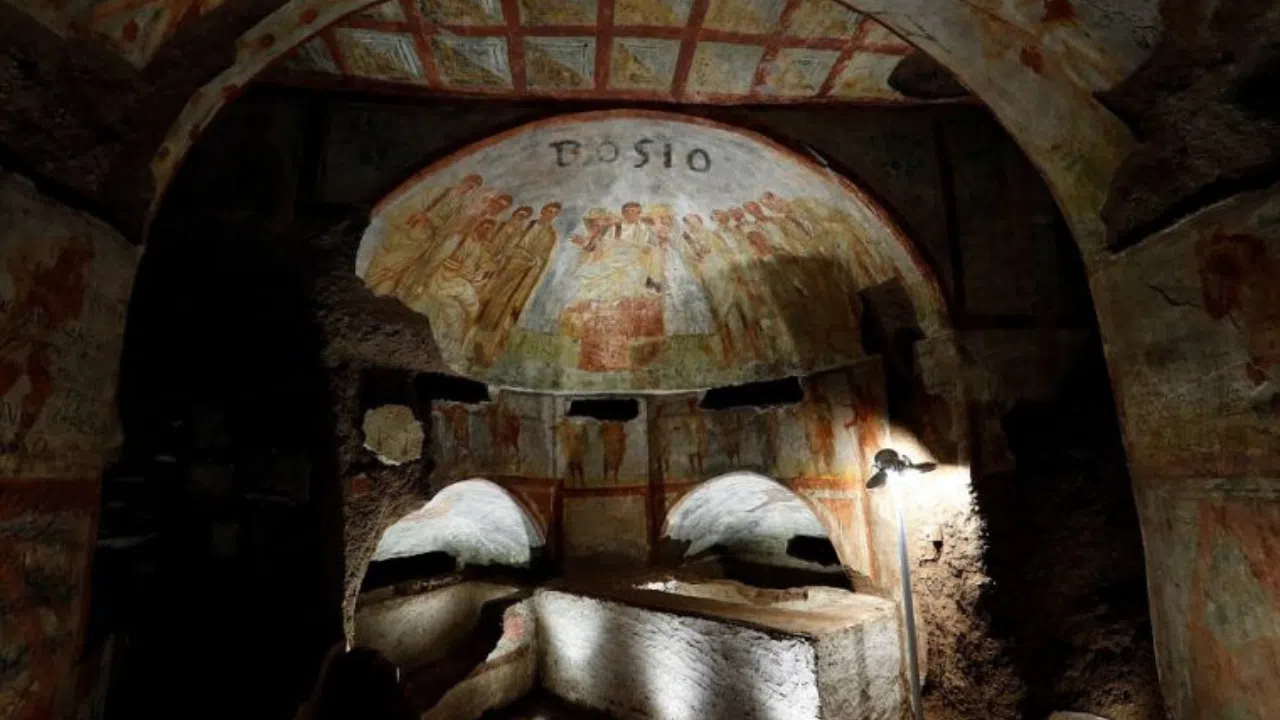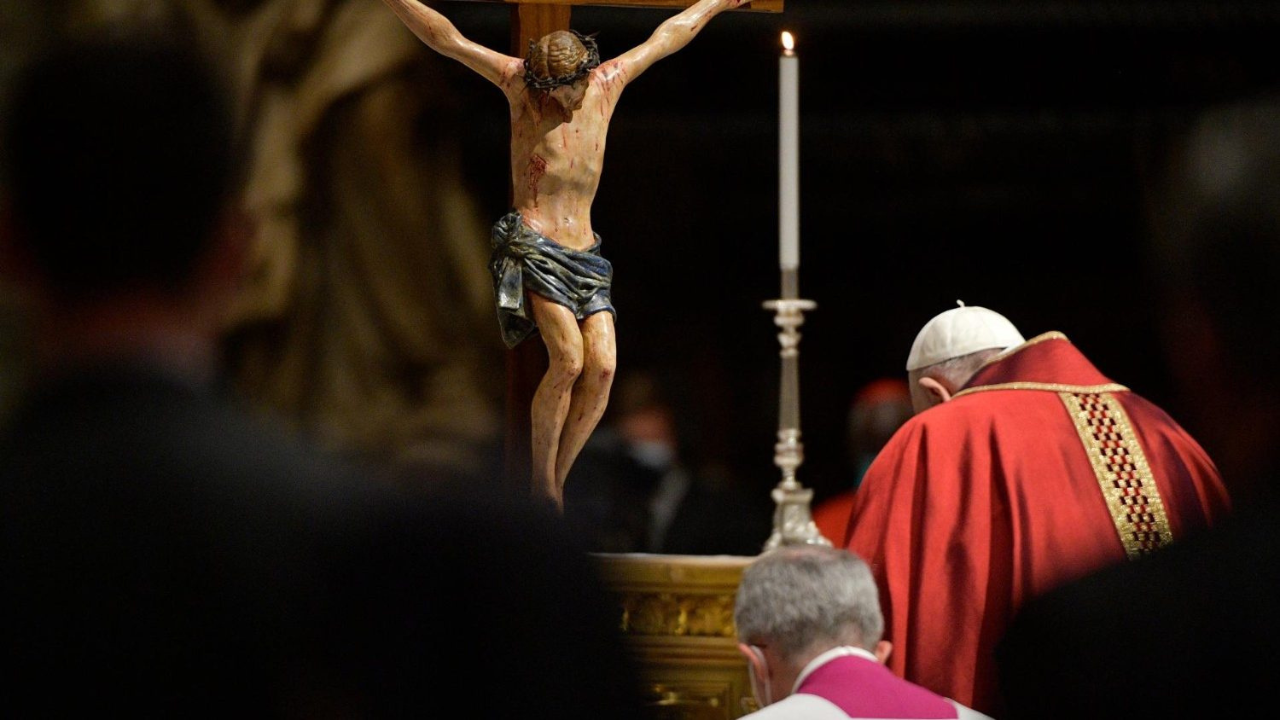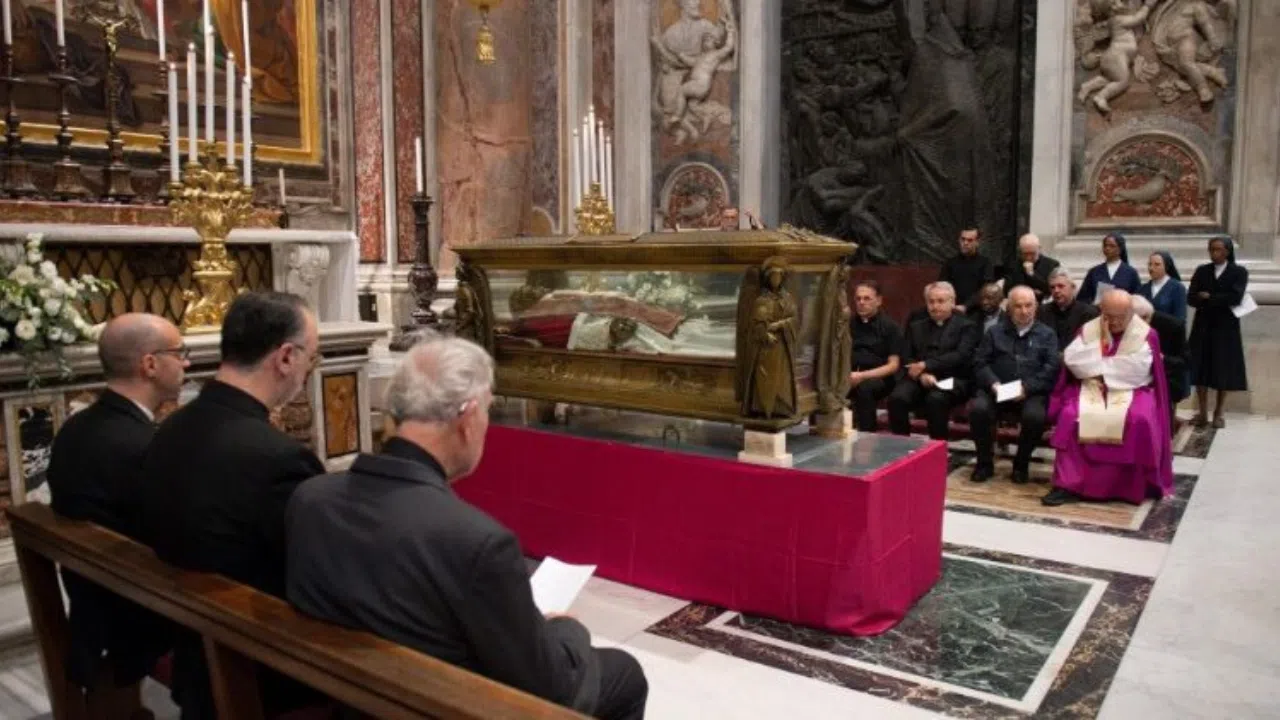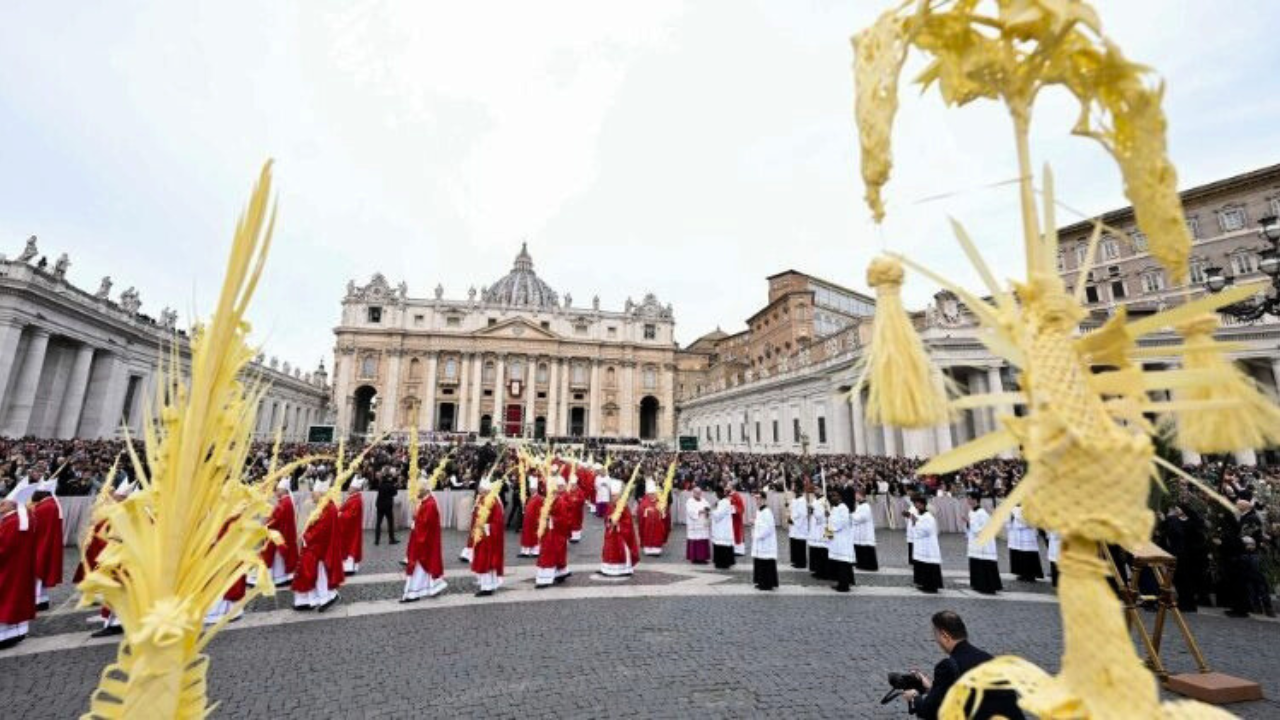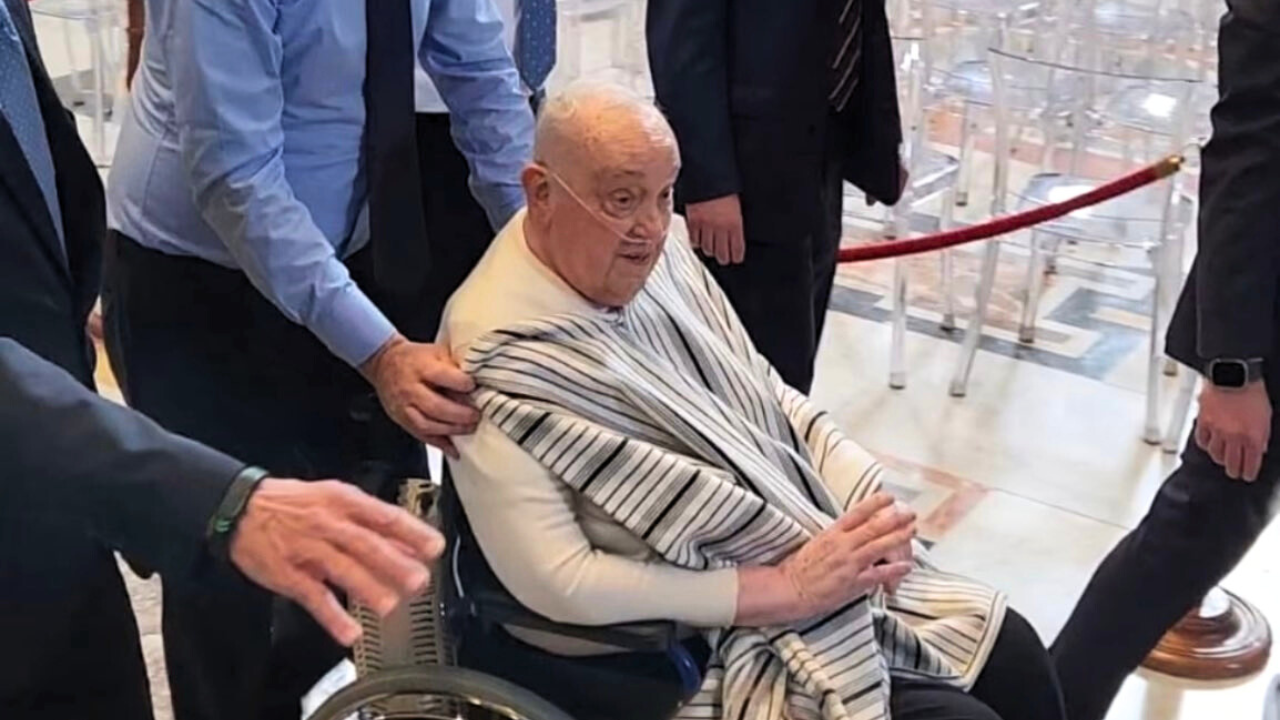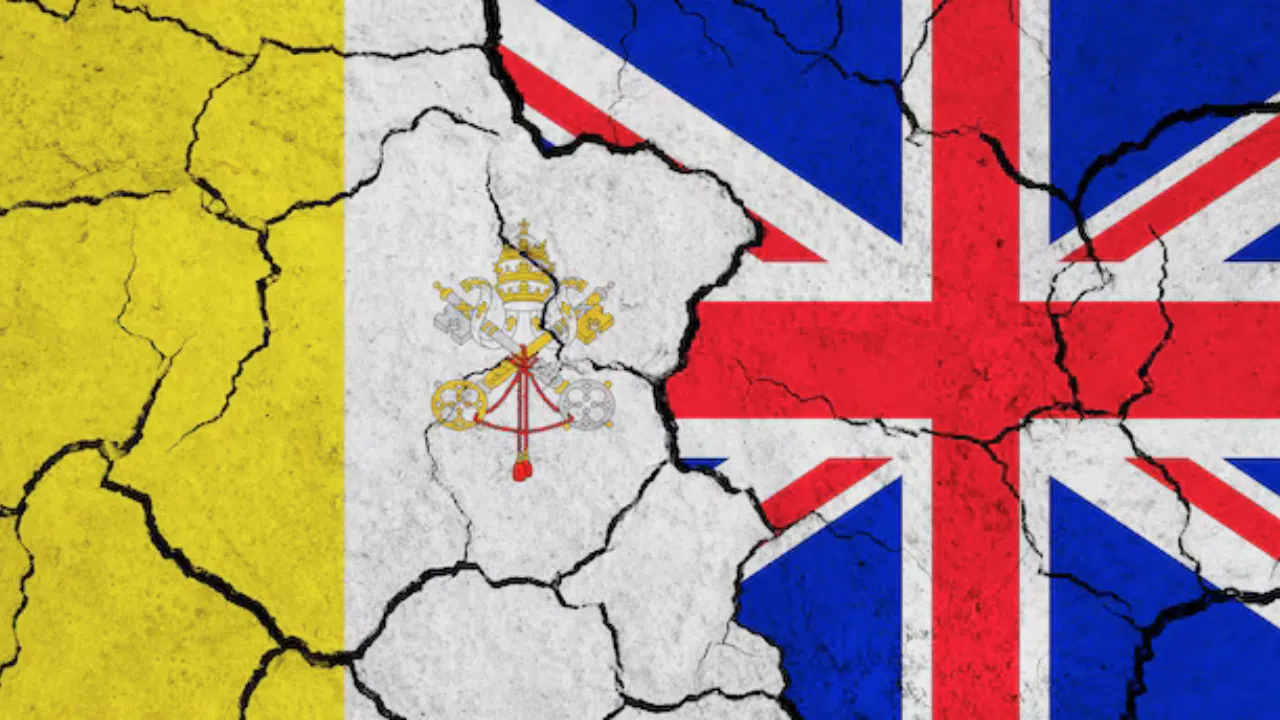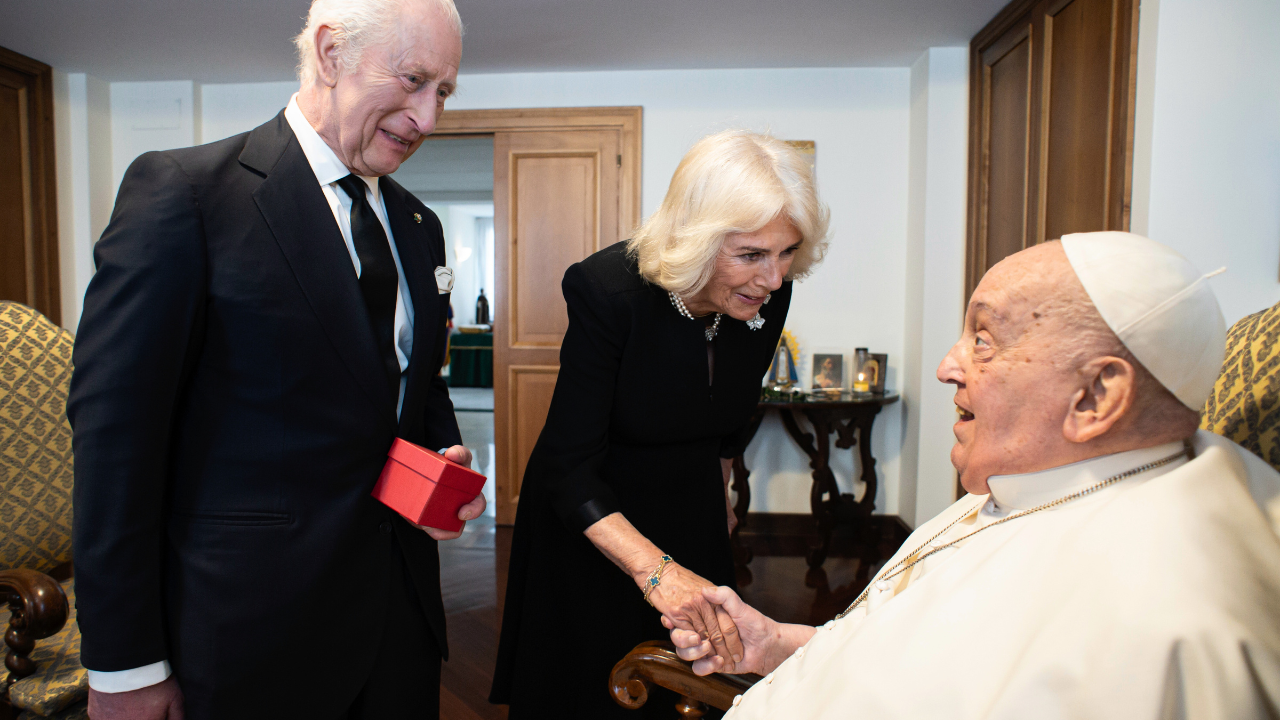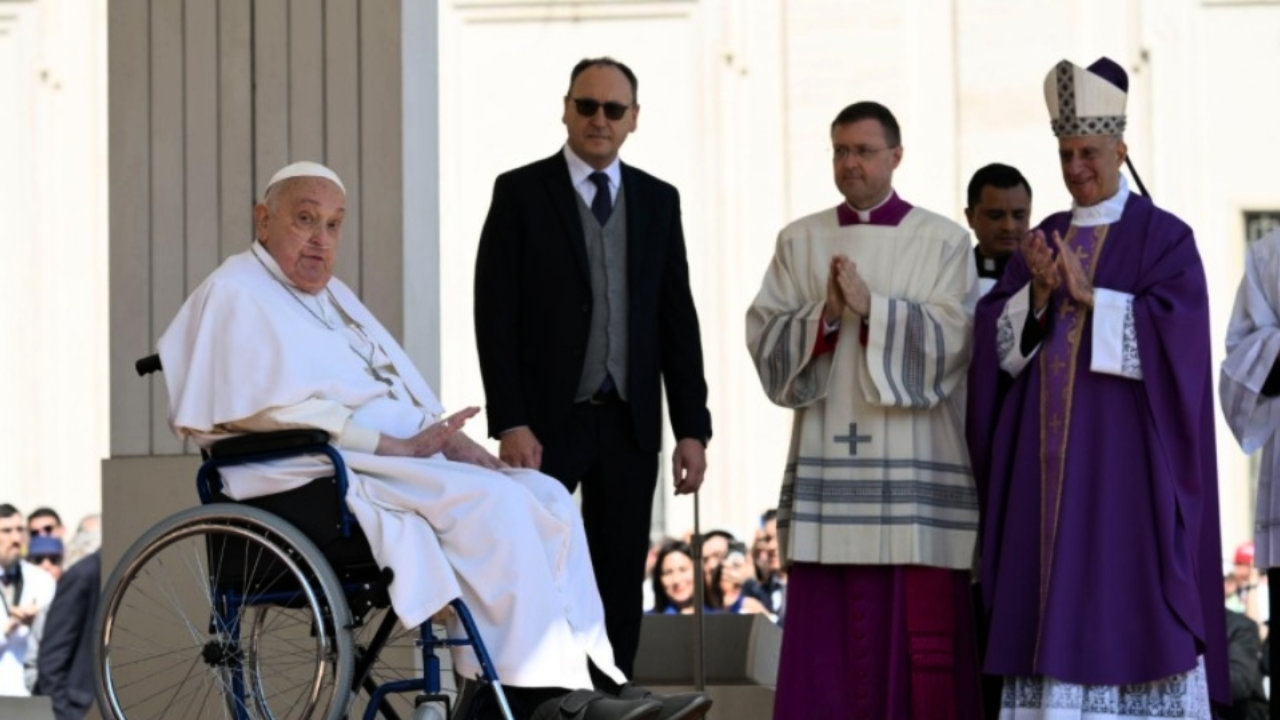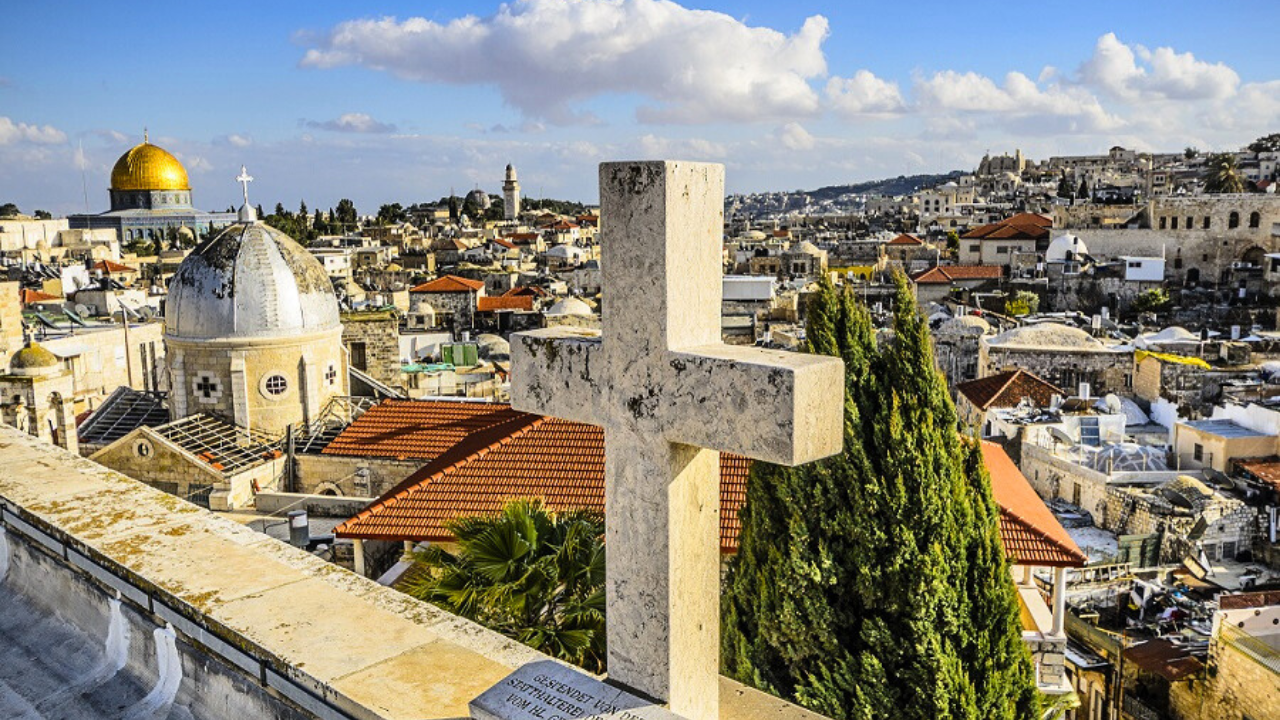The document signed in September by Orthodox and Catholics is not final, but it is an important step towards unity between the Churches.
It establishes the framework for dialogue in two crucial aspects: the meaning of papal primacy, and the way of carrying out the synod; the assembly of bishops.
MSGR. ANDREA PALMIERI
Pontifical Council for Christian Unity
'The primacy is possibly the trickiest subject in the historical dispute between Orthodox and Catholics, who have been separated for 1,000 years. That is why it was decided that we study together the first millennium, when Eastern Christians and Western Christians were in full communion.â?
The document verses on how the Church operated in regards to primacy and synodality in its first 1,000 years of history.
In that time, Christians were divided amongst five patriarchal seats and Rome held the primacy of honor.
However, none of the patriarchs could make decisions in their jurisdiction without consent from the rest of them. This was synodality.
MSGR. ANDREA PALMIERI
Pontifical Council for Christian Unity
'The important aspect of this document is that it identifies the role of the Roman see for the communion of the Universal Church. This role is recognized in three issues. The bishop of Rome had a right to preside over liturgical ceremonies as bishop of the first see. Secondly, it recognizes his role in councils. He never participated directly but he did send delegates or sanctioned what had been agreed. Thirdly, this document recognizes the right of appeal to Rome. Bishops who believed their synod was not proceeding fairly could appeal to Rome.â?
Amongst the signers of this agreement there are the Russian and Georgian Orthodox Churches, those traditionally more hostile towards the Vatican. The pope has met with their respective patriarchs. Pope Francis is reaping what was sown by his predecessors since Vatican II. There is still a long way to go, but this document is a breakthrough in the path of dialogue.
JRB/AG
MG/RR
-FL
-PR
Up:
#Vaticano
